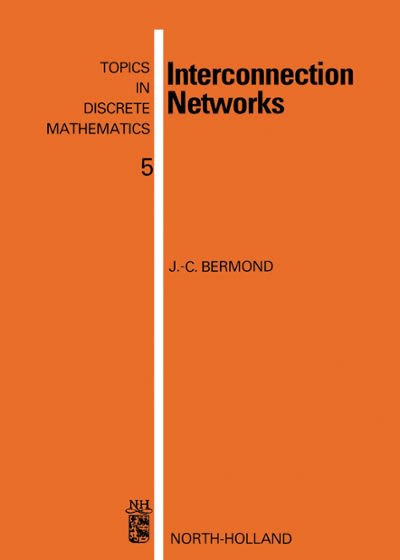Question
The article Plugged In, but Tuned Outsummarizes data from two surveys of kids aged 8 to 18. One survey was conducted in 1999 and the
The article "Plugged In, but Tuned Out"summarizes data from two surveys of kids aged 8 to 18. One survey was conducted in 1999 and the other was conducted in 2009. Data on number of hours per day spent using electronic media that are consistent with summary quantities given in the article are given below (the actual sample sizes for the two surveys were much larger). For purposes of this exercise, assume that it is reasonable to regard the two samples as representative of kids aged 8 to 18 in each of the2 yearsthat the surveys were conducted.
| 2009 | 5 | 9 | 5 | 8 | 7 | 6 | 7 | 9 | 7 | 9 | 6 | 9 | 10 | 9 | 8 |
|---|---|---|---|---|---|---|---|---|---|---|---|---|---|---|---|
| 1999 | 4 | 5 | 7 | 7 | 5 | 7 | 5 | 6 | 5 | 6 | 7 | 8 | 5 | 6 | 6 |
(a)Because the given sample sizes are small, in order for the two-samplettest to be appropriate, what assumption must be made about the distributions of electronic media use times?We need to assume that the population distribution in 1999 of time per day using electronic media are normal.We need to assume that the population distributions in both 1999 and 2009 of time per day using electronic media are normal. We need to assume that the population distribution in either 1999 or 2009 of time per day using electronic media is normal.We need to assume that the population distribution in 2009 of time per day using electronic media are normal.Use the given data to construct graphical displays that would be useful in determining whether this assumption is reasonable. Do you think it is reasonable to use these data to carry out a two-samplettest?The boxplot of the 2009 data is roughly symmetrical with no outliers, so the assumption is reasonable.The boxplot of the 1999 data has an outlier to the far right, so the assumption is not reasonable. The boxplot of the 1999 data is roughly symmetrical with no outliers, so the assumption is reasonable.Both the boxplot of the 1999 data and the 2009 data are skewed to the right, so the assumption is not reasonable.Boxplots of both the 1999 data and 2009 data are roughly symmetrical with no outliers, so the assumption is reasonable.(b)Do the given data provide convincing evidence that the mean number of hours per day spent using electronic media was greater in 2009 than in 1999? Test the relevant hypotheses using a significance level of 0.01. (Use20091999.)Find the test statistic. (Round your answer to two decimal places.)t= Find the df. (Round your answer down to the nearest whole number.)df = Use technology to find theP-value. (Round your answer to four decimal places.)P-value = State your conclusion.RejectH0. There is convincing evidence that the mean number of hours per day spent using electronic media was greater in 2009 than in 1999.RejectH0. There is not convincing evidence that the mean number of hours per day spent using electronic media was greater in 2009 than in 1999. Fail to rejectH0. There is not convincing evidence that the mean number of hours per day spent using electronic media was greater in 2009 than in 1999.Fail to rejectH0. There is convincing evidence that the mean number of hours per day spent using electronic media was greater in 2009 than in 1999.(c)Construct and interpret a 98% confidence interval estimate of the difference between the mean number of hours per day spent using electronic media in 2009 and 1999. (Use20091999.Round your answers to three decimal places.)
,
hoursInterpret the interval.There is a 98% chance that the true difference in mean number of hours per day spent using electronic media in 2009 and 1999 is directly in the middle of these two values.We are 98% confident that the true mean number of hours per day spent using electronic media in 2009 is between these two values. We are 98% confident that the true mean number of hours per day spent using electronic media in 1999 is between these two values.There is a 98% chance that the true mean number of hours per day spent using electronic media in 2009 is directly in the middle of these two values.We are 98% confident that the true difference in mean number of hours per day spent using electronic media in 2009 and 1999 is between these two values.
Step by Step Solution
There are 3 Steps involved in it
Step: 1

Get Instant Access to Expert-Tailored Solutions
See step-by-step solutions with expert insights and AI powered tools for academic success
Step: 2

Step: 3

Ace Your Homework with AI
Get the answers you need in no time with our AI-driven, step-by-step assistance
Get Started


